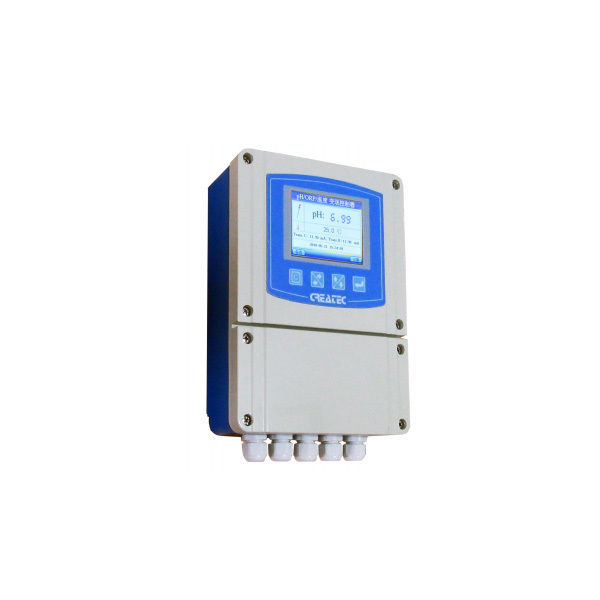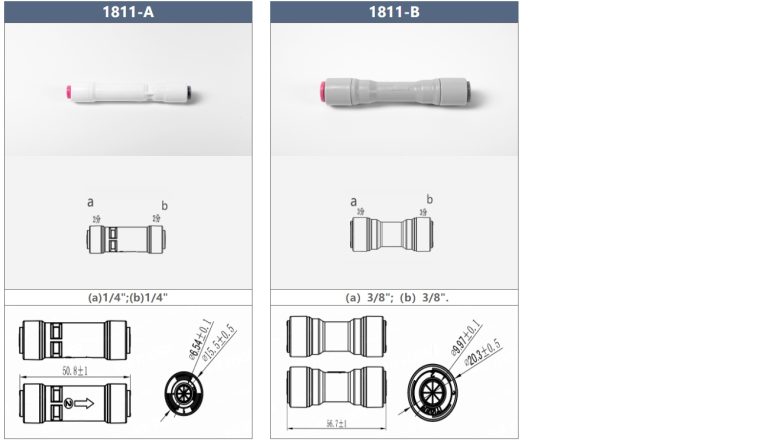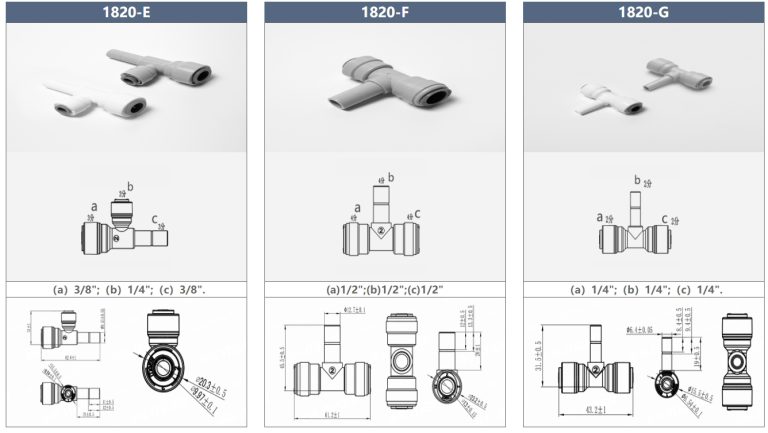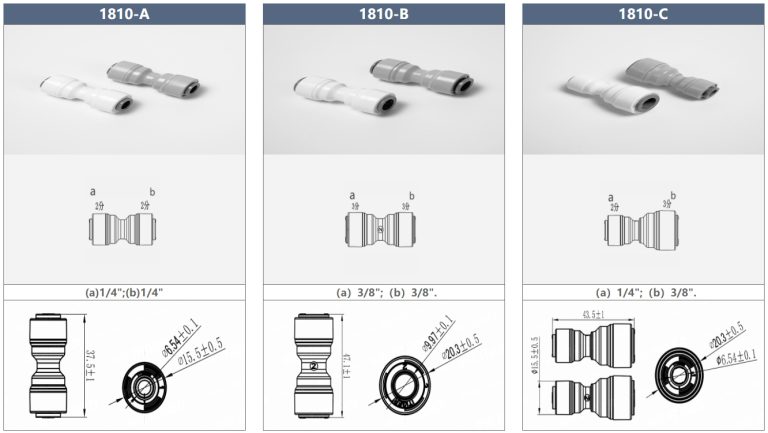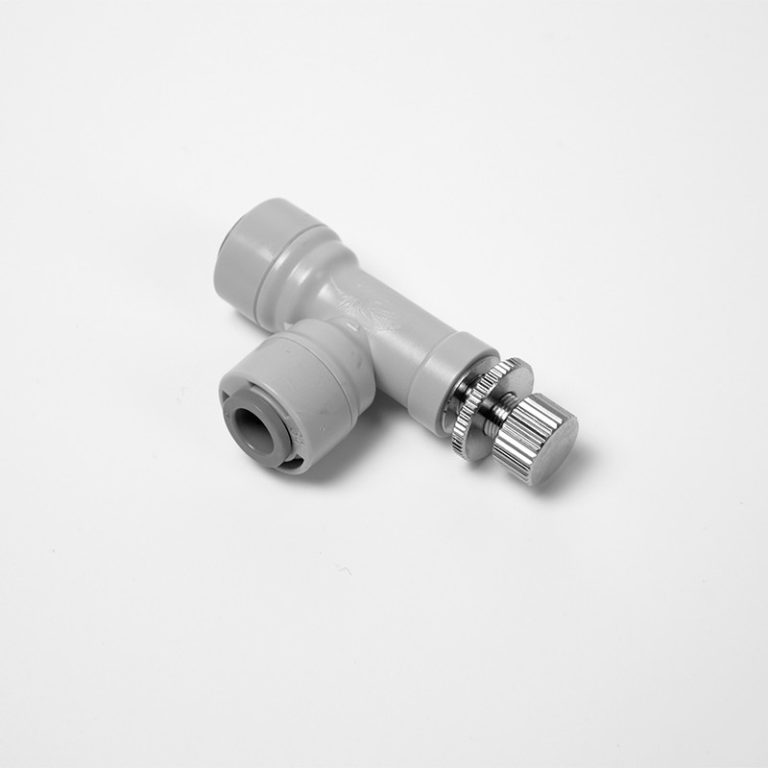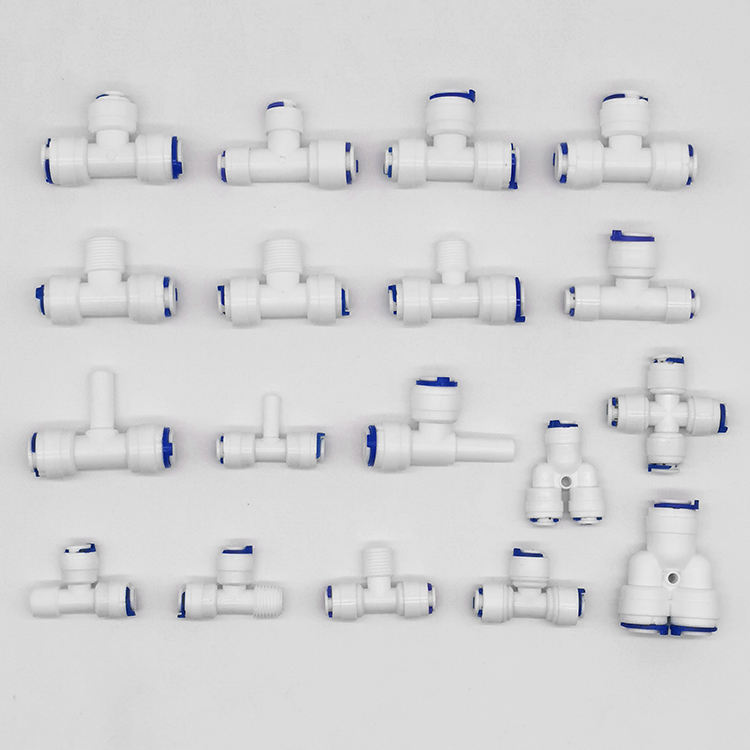“Precision in every breath: Calibrate your air flow meter with accuracy.”
Importance of Calibrating an Air Flow Meter
Calibrating an air flow meter is a crucial step in ensuring accurate measurements of air flow in various systems. Whether it is in an industrial setting, a laboratory, or even in a residential HVAC system, having a properly calibrated air flow meter is essential for maintaining efficiency and accuracy in operations.
One of the main reasons why calibrating an air flow meter is important is to ensure that the readings it provides are accurate and reliable. Over time, air flow meters can drift out of calibration due to factors such as wear and tear, environmental conditions, or simply the passage of time. When an air flow meter is not properly calibrated, it can lead to inaccurate readings, which can result in inefficiencies, increased energy consumption, and potential damage to equipment.
Calibrating an air flow meter involves comparing its readings to a known standard or reference, and making adjustments as necessary to ensure that the meter is providing accurate measurements. This process helps to eliminate any errors or inaccuracies in the readings, and ensures that the meter is operating within acceptable tolerances.
There are several methods that can be used to calibrate an air flow meter, depending on the type of meter and the specific requirements of the application. One common method is to use a calibration bench or test rig, which allows the meter to be tested against a known standard under controlled conditions. This method is often used for high-precision meters or in situations where accuracy is critical.
Another method of calibrating an air flow meter is to use a calibration gas or standard gas mixture, which is passed through the meter and compared to the meter’s readings. This method is often used for gas flow meters, and can be done in situ without the need for specialized equipment.
Regardless of the method used, it is important to follow a systematic approach to calibrating an air flow meter. This includes ensuring that the meter is clean and free from any obstructions, checking for any signs of damage or wear, and following the manufacturer’s guidelines for calibration.
In addition to ensuring accurate measurements, calibrating an air flow meter can also help to prolong the life of the meter and prevent costly repairs or replacements. By regularly calibrating the meter, any issues or drift in calibration can be identified and corrected before they cause any significant problems.
Overall, calibrating an air flow meter is an essential step in maintaining the accuracy and reliability of air flow measurements. By ensuring that the meter is properly calibrated, you can improve efficiency, reduce energy consumption, and prevent potential damage to equipment. So, whether you are using an air flow meter in an industrial setting, a laboratory, or at home, make sure to calibrate it regularly to ensure accurate and reliable measurements.
